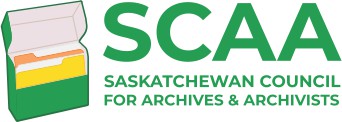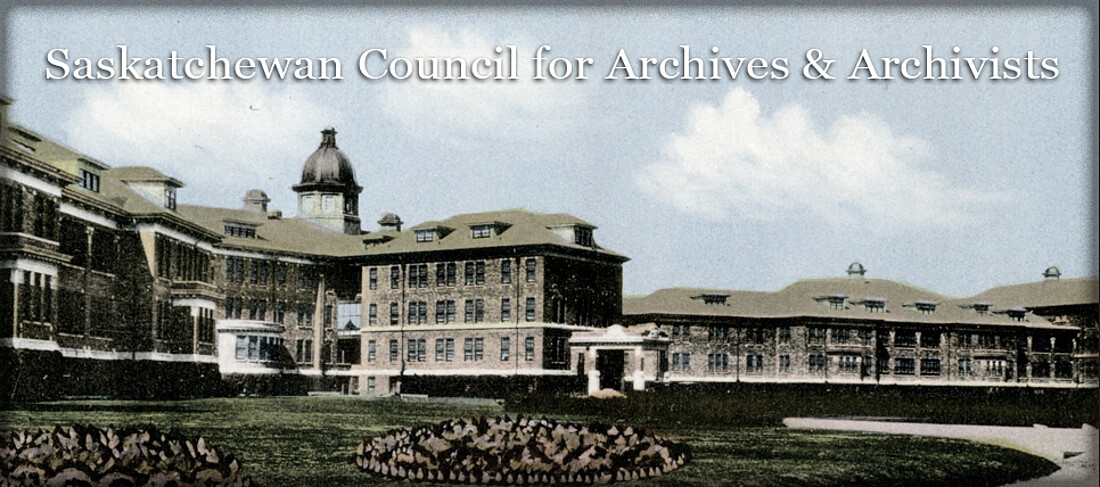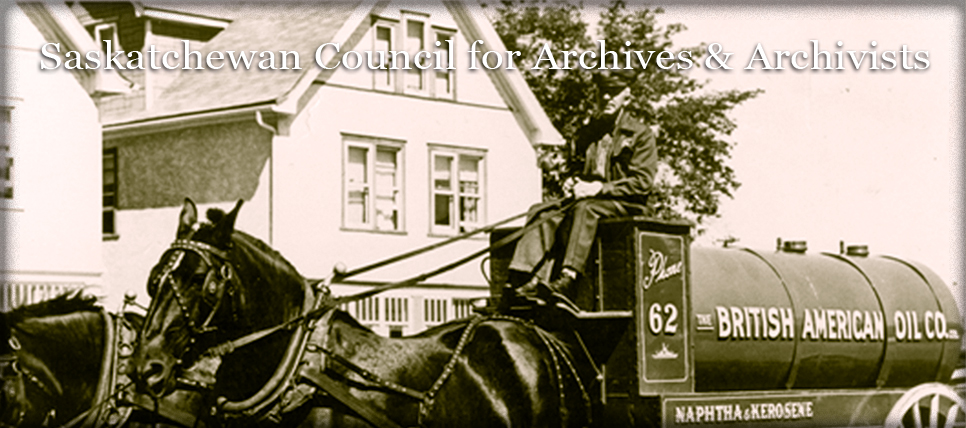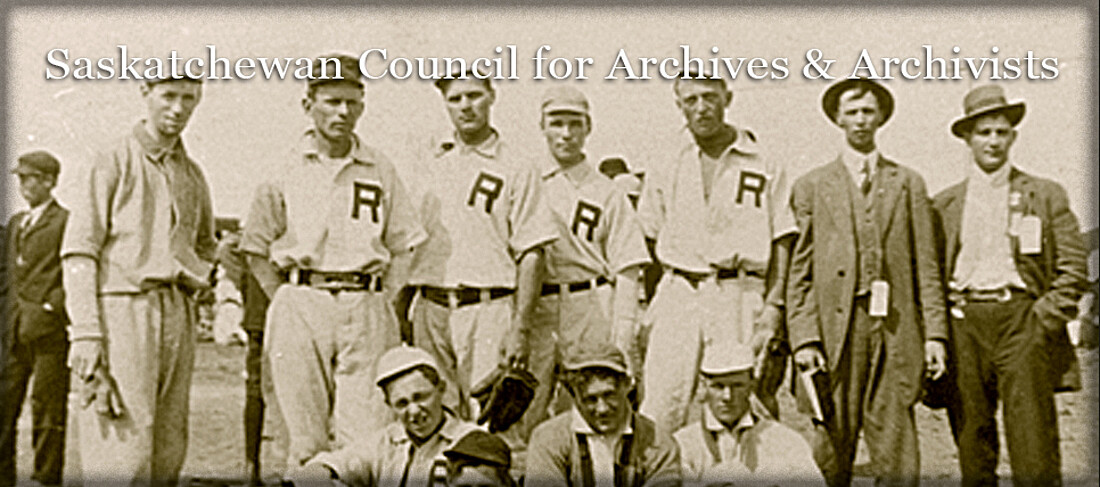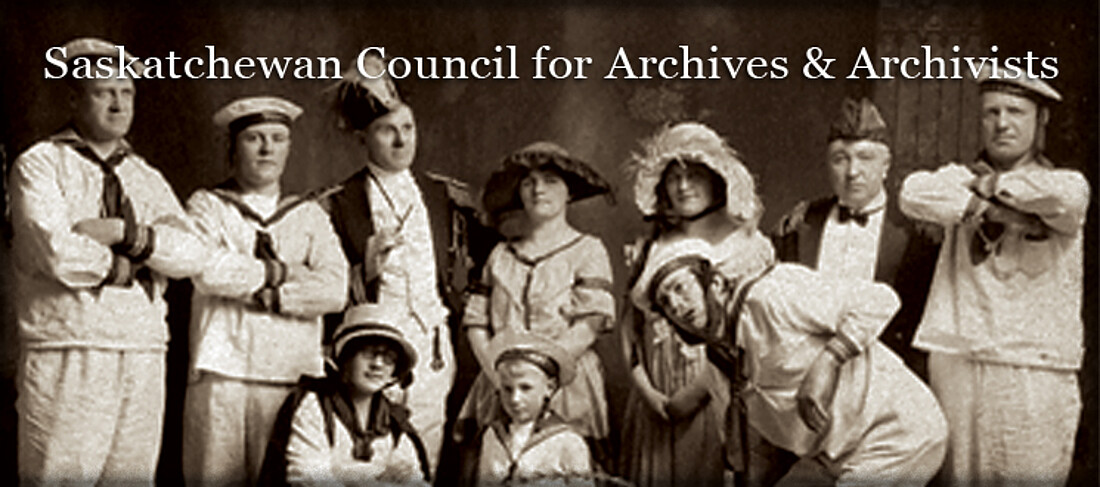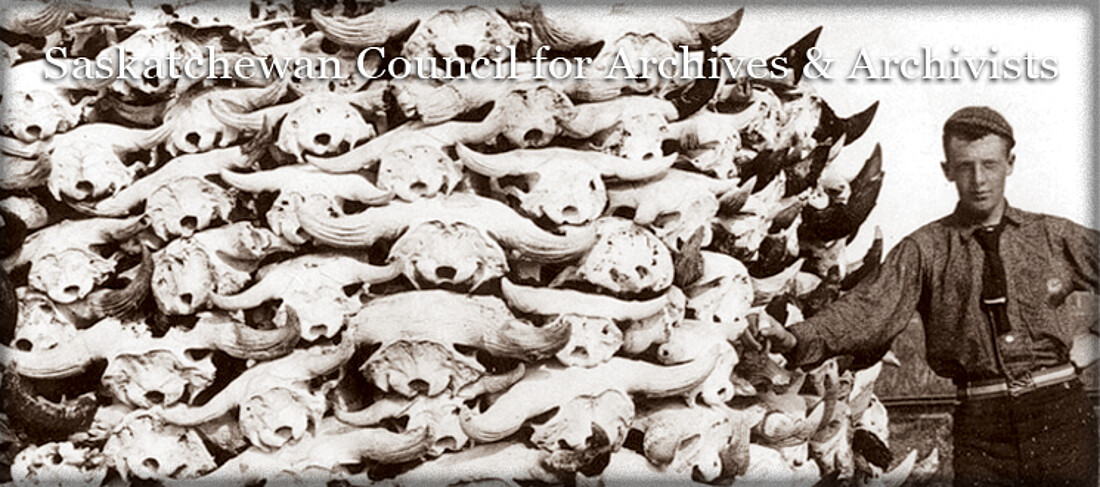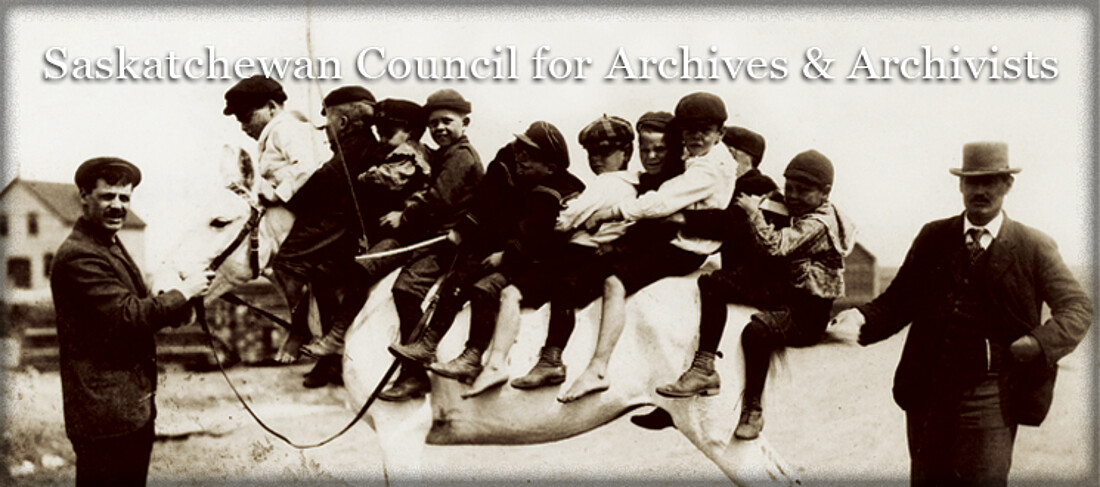1905
Province of Saskatchewan Established
2000
SCA/SAS Amalgamation, SCAA creation

NEWS
BLOG
New entry from the Friends of the Provincial Archives of Saskatchewan (FoPASK)on May 16, 2023
SCAA ADMINISTRATIVE OFFICE
P.O Box 31122 RPO Normanview
Regina, SK
S4R 8R6
Telephone: (306) 780-9414
Email: SCAA office
